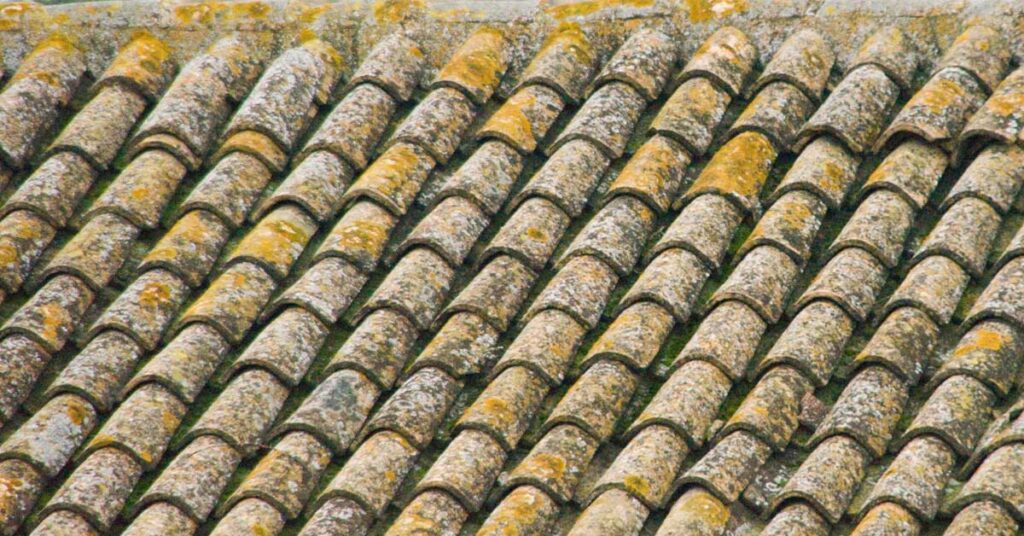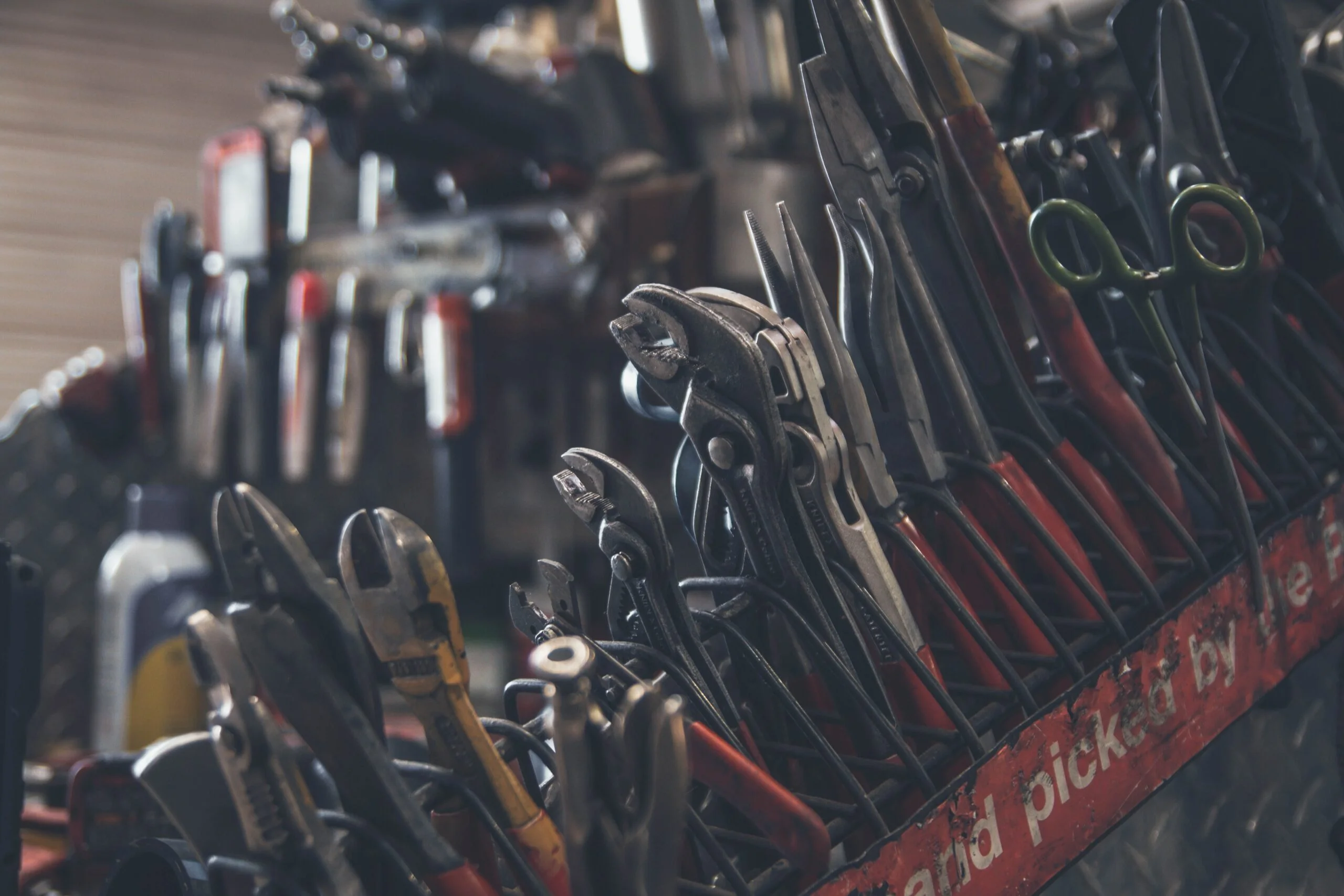Clay tile roofs stand as enduring symbols of timeless beauty and resilience, particularly favored among homeowners in Dallas, Texas, for their durability in the face of the region’s harsh climate. For those considering clay tile roofing, a common question arises: how long do clay tile roofs last?
In this comprehensive guide tailored to homeowners in Dallas, Texas, we delve into the various factors influencing the lifespan of clay tile roofs and provide invaluable insights to aid in making informed decisions about roofing options. Let’s get started.
What are Clay Tile Roofs
Clay tile roofs represent a time-honored roofing solution renowned for their distinctive appearance and exceptional durability. Composed of natural clay materials fired at high temperatures, clay tiles boast inherent resistance to fire, rot, and insect damage.
Their robust construction ensures longevity, while their classic aesthetic adds to the allure of any home. It’s crucial to recognize that the lifespan of a clay tile roof is significantly influenced by factors such as installation quality, maintenance practices, climate conditions, and the quality of materials used.
How Long Do Clay Tile Roofs Last
Clay tile roofs are renowned for their longevity, with many enduring for several decades or more with proper care. Industry standards and research studies estimate the average lifespan of clay tile roofs to be anywhere from 50 to 100 years or more. However, it’s essential to recognize that individual lifespans may vary depending on factors such as climate, maintenance practices, and the quality of installation and materials.
By adopting proactive maintenance measures and addressing issues promptly, homeowners can maximize the lifespan of their clay tile roofs and enjoy lasting protection for their homes.
Factors Influencing Longevity
The following are some of the factors that influence the lifespan of your clay tile roofing.
Climate
The hot and dry climate of Dallas, Texas, poses unique challenges for clay tile roofs. Extreme temperatures and prolonged sun exposure can accelerate weathering and deterioration if not properly mitigated.
Adequate ventilation and insulation play pivotal roles in preserving the integrity of clay tiles, helping to regulate temperature fluctuations and prevent premature aging.
Maintenance
Regular maintenance is paramount in extending the lifespan of clay tile roofs. Homeowners should schedule periodic inspections to identify and address issues such as cracked tiles, debris accumulation, and flashing damage promptly.
Routine cleaning and minor repairs can prevent minor issues from escalating into costly problems down the line.
Installation Quality
The longevity of a clay tile roof hinges on the quality of its installation. Entrusting the job to experienced professionals ensures that critical aspects such as underlayment, flashing, and fastening methods are executed to industry standards.
Skilled installation minimizes the risk of leaks, structural issues, and premature wear, laying the foundation for a durable and long-lasting roof.
Quality of Materials
Not all clay tiles are created equal. The lifespan of a clay tile roof is heavily influenced by the quality of the materials used. Factors such as tile thickness, density, and the reputation of the manufacturer can impact durability and resistance to environmental stressors.
Investing in high-quality clay tiles from reputable suppliers can pay dividends in terms of longevity and performance.
Signs of Wear and When to Replace
Despite their exceptional durability, clay tile roofs are not immune to wear and tear over time. Homeowners should remain vigilant for signs of damage that warrant attention, including cracked or broken tiles, leaks, and efflorescence.
While minor issues can often be addressed through repairs, there may come a point when roof replacement becomes necessary. Factors such as the extent of damage, repair costs, and the age of the roof should be carefully considered when weighing the decision to replace a clay tile roof.
Read More: Do You Need A Permit To Replace A Roof
Conclusion
Understanding the factors that influence the longevity of clay tile roofs is essential for homeowners in Dallas, Texas, seeking to make informed decisions about their roofing options. By prioritizing quality installation, proactive maintenance, and the use of high-quality materials, homeowners can maximize the lifespan of their clay tile roofs and enjoy enduring protection for their homes.
For personalized advice and solutions tailored to their specific needs, homeowners are encouraged to consult with roofing professionals who specialize in clay tile roofing.


